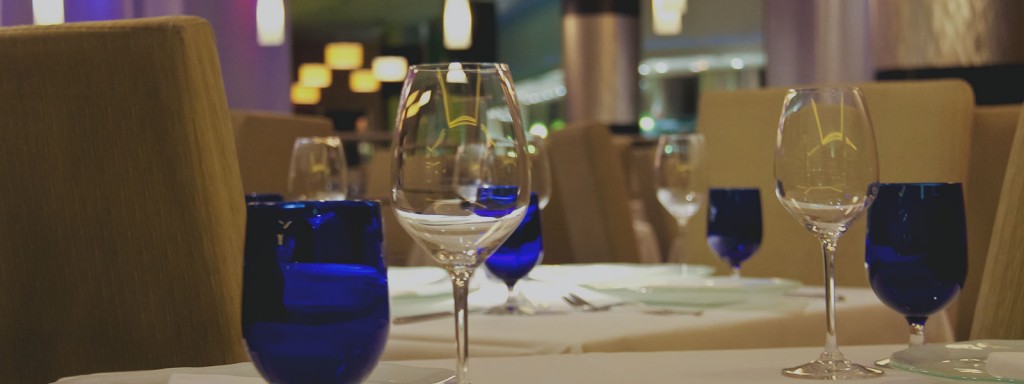Virtual Restaurants and Delivery Service
It’s six pm on a Tuesday, and after leaving work you’re sitting in bumper-to-bumper traffic amid a cacophony of beeping, honking, and expletive-laced language, wondering what to have for dinner. Seven years ago the options would have amounted to cook your own dinner, dine out at a traditional restaurant, or order from the same revolving stack of pizza or chinese food menus. But this is 2016 and the delivery landscape has changed.
These are the days of Grubhub, Foodler, UberEats, Munchery, and more. The technological advancements of the last decade have affected the culinary scene with the same fervor as transportation, finance, and hospitality, resulting in a widened array of dining options for consumer and deepened selection of business ventures for chefs and entrepreneurs.
What makes these dining options and business ventures so unique and attractive? For consumers, who were previously forced to choose quality or convenience, the pros are clear. No longer is the decision to order delivery equanimous with a high-fat, high-sodium often sub-par meal delivered by a pimply high-schooler who hasn’t yet realized the importance of standing up straight or enunciating.
Today’s delivery scene offers a bevy of choices for the modern-day consumer who may prefer a wholesome, chef-prepared meal with fresh produce and locally sourced ingredients.
Business owners, too, cannot deny the appeal of a delivery-only restaurant – they cut down enormously on the initial investment and traditional on-going operating costs. No longer is interior decoration and design a concern. Nor is sourcing glassware, flatware, and plates. No POS system needed. Payroll is limited to kitchen staff, delivery staff, and some management.
That’s not to say traditional obstacles are no longer relevant, and in some ways, they are compounded. For an industry which is so heavily based in hospitality and customer service, how do restaurants right the wrongs without some manger face-time and a few comped beverages?
Expectation is oft-hailed as the root of disappointment, and in that sense traditional restaurants do a better job crafting the guests’ expectation. Subliminal cues in interior design and staff verbiage inform the guest as to the style and type of service and food, which can be challenging to replicate in the delivery-only format.
Additionally, the owner/operator needs to ensure prices cover their food, labor, and operation costs and still deliver perceived value to the consumer. While wholesome, honest ingredients and prep may go into the food, a “restaurant quality” meal entails more than just the ingredients themselves. Here’s where things like temperature and presentation come into play, as well as training the delivery person to assume more of a server-like or brand ambassador role.
The market is ever-changing and ever-expanding and we, as owners and operators, need to stay ahead of the curve, anticipating our consumer, customer, and guests wants and needs before they do. Delivery-only restaurants and commissaries present a formerly hard to come by opportunity for a lower start-up cost ventures, and offer great source of additional revenue stream for restaurants, but the traditional restaurant isn’t going anywhere anytime soon.
For more insight on the delivery-only format and other market trends, reach out to us at TRG






